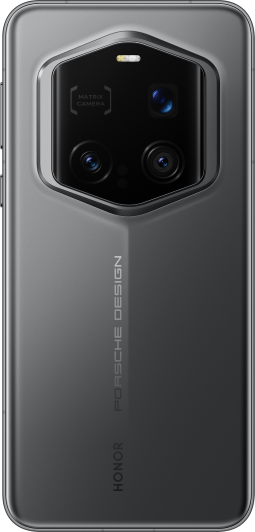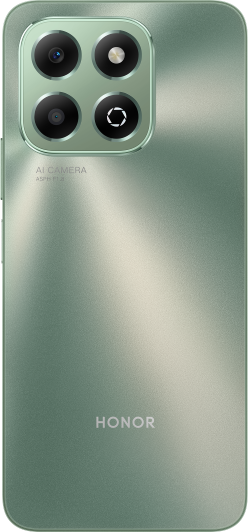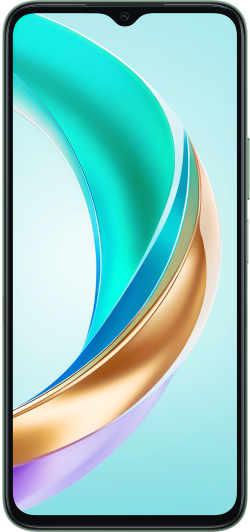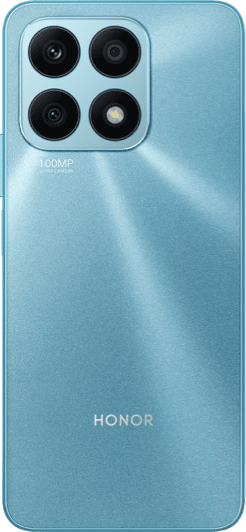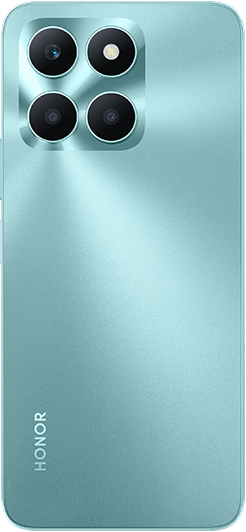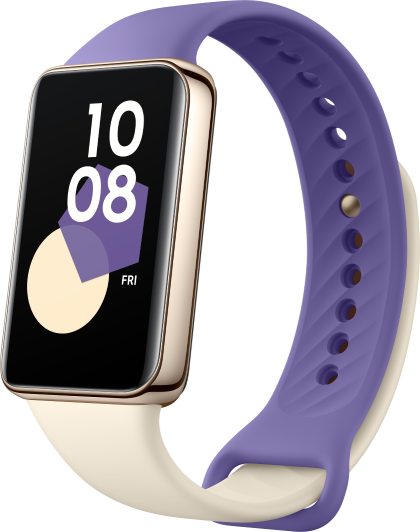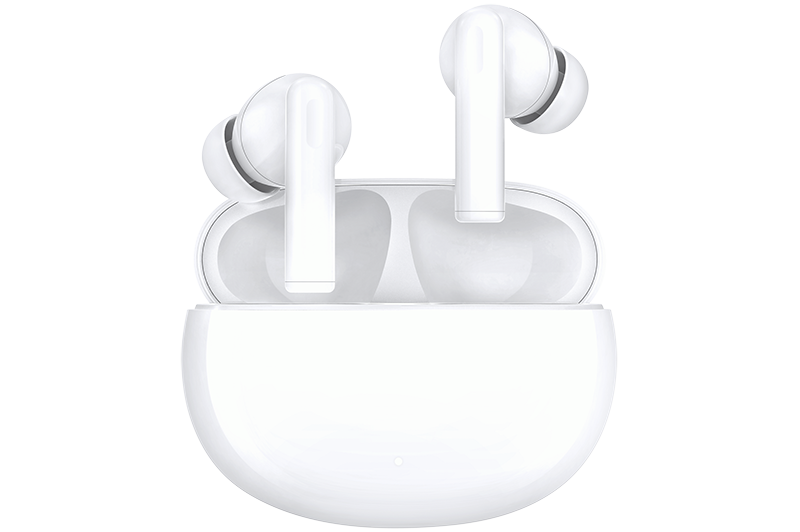TOP

我的荣耀 开启荣耀之旅
To log in to your account, you must first agree to the HONOR PLATFORM TERMS OF USE. If you do not agree, you may only browse the site as a guest.

A Comprehensive Guide on How to Clean Phone Cases
Our smartphones have become an indispensable part of our lives, accompanying us through every moment of the day. With our constant interaction, you may find that our phone cases accumulate dirt, grime, and even bacteria over time. Cleaning your phone case regularly not only enhances its appearance but also ensures a hygienic and well-maintained device. In this article, we will provide you with a comprehensive guide on how to clean phone cases of different materials effectively, including specific steps for cleaning, the benefits of different cleaners, etc. So, let's dive in and discover the best ways to keep your phone case spotless and looking brand new.

Common Steps for Phone Case Cleaning
To maintain the appearance and hygiene of your phone case, you can generally follow these steps for how to clean silicone phone cases or other materials:
1. Remove the Case: Take off the phone case to access all sides and clean the inside thoroughly.
2. Make Your Cleaning Solution: Create a gentle cleaning solution using mild soap (without phosphates, fragrances, dyes, or abrasives) and warm water. Avoid harsh cleaners like ammonia, bleach, or glass cleaners.
3. Clean the Phone Case: Use a wet cloth, soft-bristled scrub brush, or toothbrush dipped in the cleaning solution to clean both the inside and outside of the case. Pay attention to corners and edges where dirt and grime tend to accumulate.
4. Let It Dry: Allow the case to dry completely to avoid transferring moisture to your phone or its ports. Air dry in a well-ventilated area or use a dry microfiber cloth to absorb any remaining droplets.
Clean Phone Case With Different Cleaners
Phone cases can be made from various materials, and different cleaners work best for specific case types. Here are some popular cleaners and how to clean yellow phone cases with them:
Baking soda
Baking soda is an effective and flexible cleaning agent suitable for various phone cases, including silicone and polycarbonate. To clean a phone case using baking soda, mix equal parts of water and baking soda in a bowl to form a paste. Apply the paste to the case using a soft-bristled toothbrush, and scrub until all dirt is removed. Rinse the case thoroughly with clean water afterward. However, exercise caution when cleaning certain plastic cases as baking soda can be abrasive and cause scratches on softer surfaces.
Dish soap
Baking soda is a versatile and gentle cleaning agent that works wonders on many phone cases. To clean a phone case using dish soap, dilute a small amount of dish soap in water, dip a soft cloth or sponge into the solution, and gently scrub the case. Then, rinse with water and ensure the soap is completely removed. At last, wipe the case dry with a lint-free cloth.
White vinegar
White vinegar is a potent acid that makes it excellent for sanitizing phone cases and eliminating stubborn stains. Additionally, it can be used to clean wooden phone cases effectively. To utilize white vinegar for cleaning, combine equal parts of water and white vinegar in a bowl. Dampen a cloth or sponge, and gently wipe the case. Pay extra attention to any visible stains. Rinse the case thoroughly with water and allow it to air dry.
Rubbing alcohol
Rubbing alcohol is an effective cleaner for removing oil and fingerprints from phone cases due to its fast evaporation rate and residue-free finish. To utilize rubbing alcohol, dip a cotton ball or cloth into the topical alcohol solution, thoroughly wipe down the phone case, and allow it to dry entirely by air drying. Ensure the alcohol evaporates completely before placing the case back on your phone.
How to Clean Phone Cases Made of Different Materials
There are many types of phone cases, and each material requires a specific cleaning process. Here are the general cleaning steps for different materials of phone cases.
● How to Clean Plastic Phone Case
1. Remove the case from the phone.
2. Soak the case in the solution of dish soap and warm water for a few minutes.
3. Then gently scrub it with a toothbrush. Use baking soda for any stubborn dirt.
4. Next, wipe down the phone using an ultra-fine fiber towel dipped in soapy water.
5. Lastly, rinse the case with cold water, and dry it.
● How to Clean Leather Phone Case
1. Remove the phone case.
2. To clean, use a soft, fuzzy cloth to wipe off dirt or stains.
3. Apply leather conditioner evenly on the case with an ultra-fine fiber towel, removing any excess after 5 minutes.
4. Use an ammonia-free all-purpose cleaner or diluted dish soap on an ultra-fine fiber towel to clean the phone case.
5. Finally, dry everything off with a dry ultra-fine fiber towel.
● How to Clean Rubber Phone Case
1. Take off the case from the phone.
2. Soak it in warm water with dish soap for 5 minutes.
3. Use a magic eraser to remove dirt and stains.
4. Apply baking soda paste to stains and wait several hours.
5. Rinse with cold water while scrubbing with a toothbrush, then wipe with a soapy ultra-fine fiber towel.
6. Dry the phone case with an ultra-fine fiber cloth.
Splash & Dust-Anti Phones Can Help a Lot
If you want to minimize the frequency of cleaning your phone case, a smartphone with splash and dust resistance can be a great help. That's the point why HONOR Magic5 Pro should be your top choice. With its IP68 rating of splash and dust-resistant features, this phone is less susceptible to dirt and damage, so you don't have to worry about the adverse effects of water or dust and can rest assured that your phone will remain functional and secure, even in outdoor activities or dusty environments.

Conclusion
Keeping your phone case clean is not only essential for aesthetics but also for maintaining a hygienic and well-functioning device. By following the common cleaning steps, using the appropriate cleaners for your case material, and considering splash and dust-anti smartphones, you can ensure that your phone and case remain spotless, protecting your phone and showcasing your personal style. So, embrace these cleaning techniques and enjoy a pristine phone case that complements your mobile experience.
FAQ about How to Clean Phone Case
What is the best way to clean a phone case?
The best way to clean a phone case is to remove it from your phone and gently wash it with mild soap and water. Use a soft cloth or sponge to scrub away any dirt or stains. Rinse the case thoroughly and let it air dry before putting it back on your phone.
Why do clear cases turn yellow?
The most reasonable explanation for why do phone cases turn yellow is that when plastic is exposed to UV light, heat, and chemicals for a long time, the molecules can break down, causing the plastic to turn yellow. In addition, oils and dirt from your hands can accumulate on the surface of the case and also cause it to turn yellow.
How often should I clean my phone case?
It is recommended to clean your phone case twice a week to prevent the buildup of dirt and bacteria. However, if you find that your case is frequently exposed to dirt, moisture, or other contaminants, it may be necessary to clean it more often.
Source: HONOR Club

Subscribe To Our Newsletter - Discover HONOR
Please accept HONOR Platform Privacy Statement.
By entering your WhatsApp number, you agree to receive commercial information on WhatsApp about HONOR products, events, promotions and services. For more details, please see our privacy policy.
Please accept HONOR Platform Privacy Statement.
I agree to receive the latest offers and information on HONOR products, events and services through third-party platforms (Facebook, Google). I may withdraw my consent at any time as indicated in the Privacy Statement.
Contact
Mon-Sat: 09:00 – 18:00. (Except on national holidays).
Third Floor, 136 George St., London, W1H 5LD, United Kingdom.
Copyright © HONOR 2017-2025. All rights reserved.
We use cookies and similar technologies to make our website work efficiently, as well as to analyze our website traffic and for advertising purposes.
By clicking on "Accept all cookies" you allow the storage of cookies on your device. For more information, take a look at our Cookie Policy.
Functional cookies are used to improve functionality and personalization, such as when playing videos or during live chats.
Analytical cookies provide information on how this site is used. This improves the user experience. The data collected is aggregated and made anonymous.
Advertising cookies provide information about user interactions with HONOR content. This helps us better understand the effectiveness of the content of our emails and our website.






